Boston Fed President Eric Rosengren said in a speech, “assuming virus variants do not become especially problematic, we should see an unusually strong post-recession recovery.”
“The combination of accommodative monetary and fiscal policy, and consumers and firms well positioned to renew spending, should result in returning to full employment much more quickly than after the last financial crisis and Great Recession,” he added.
However, “many of the underlying problems that can disrupt financial stability – as at the outset of the pandemic – still need to be addressed.”




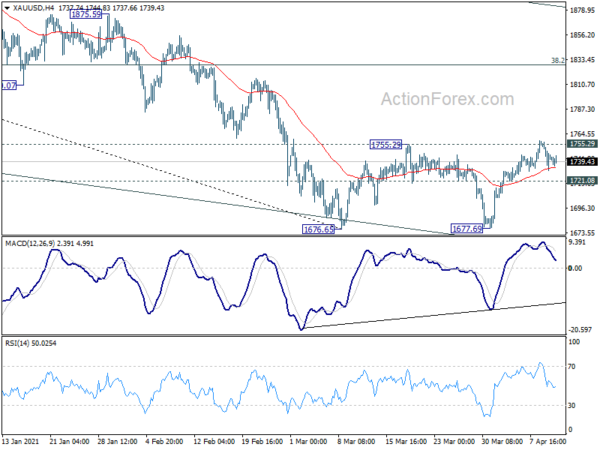
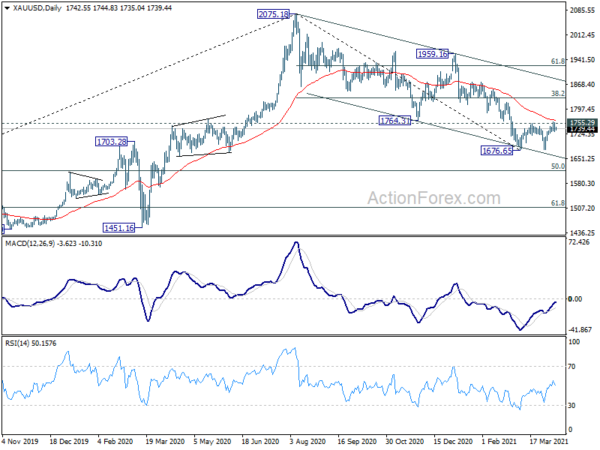
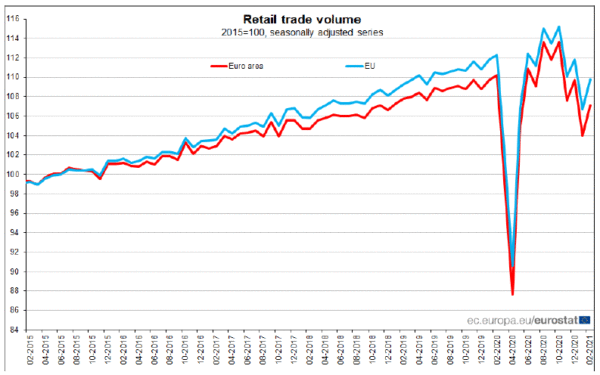
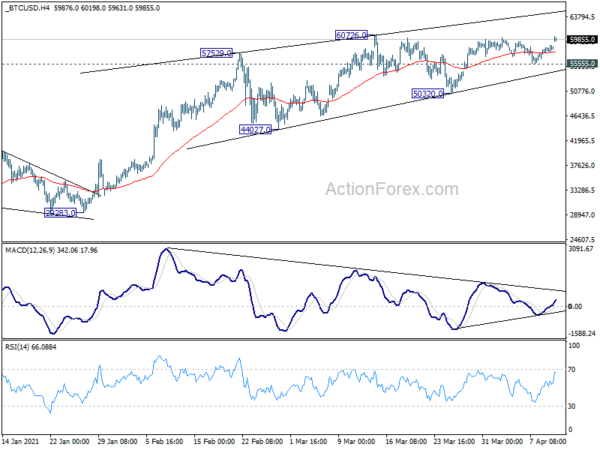
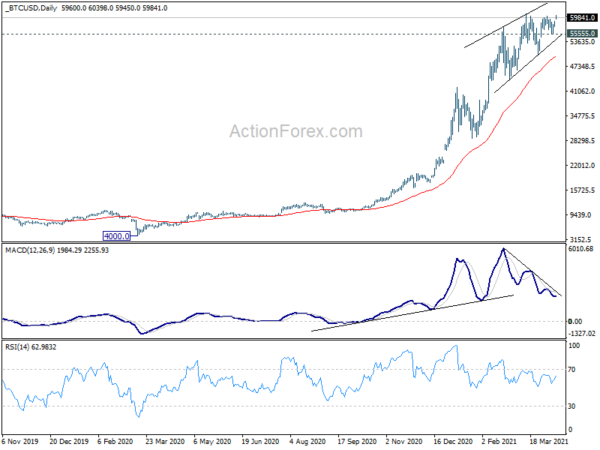
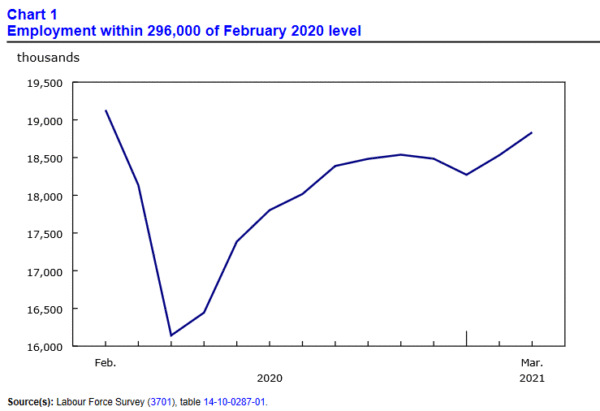
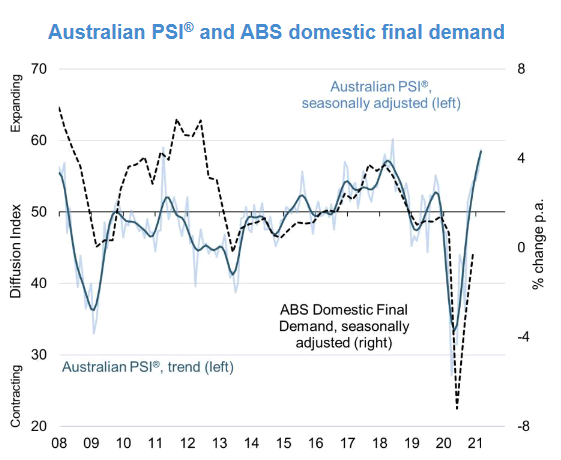
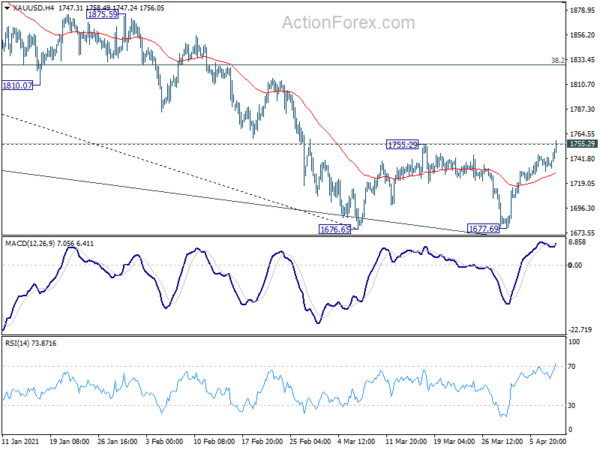
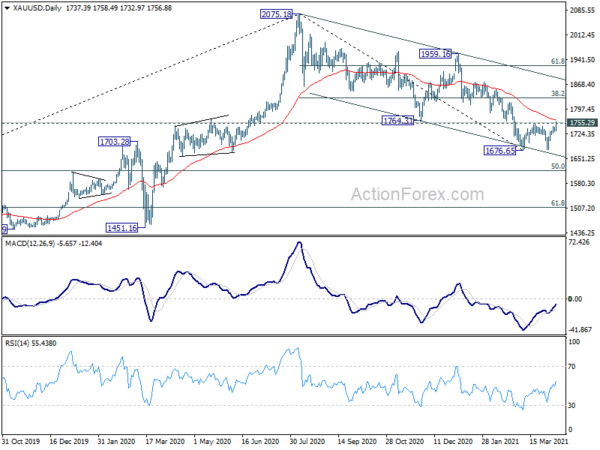
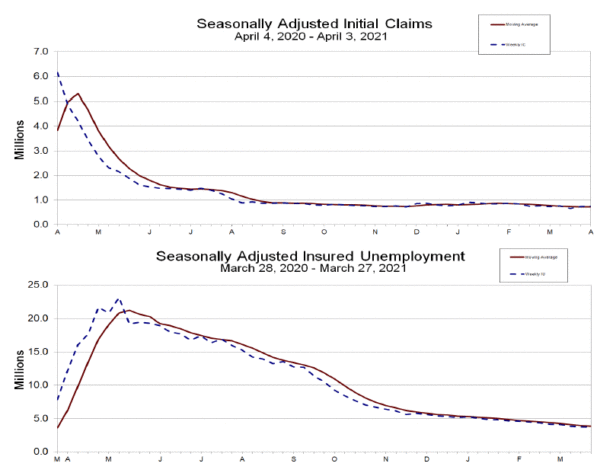
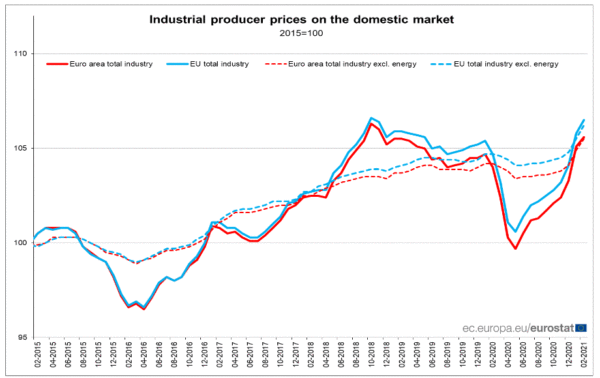
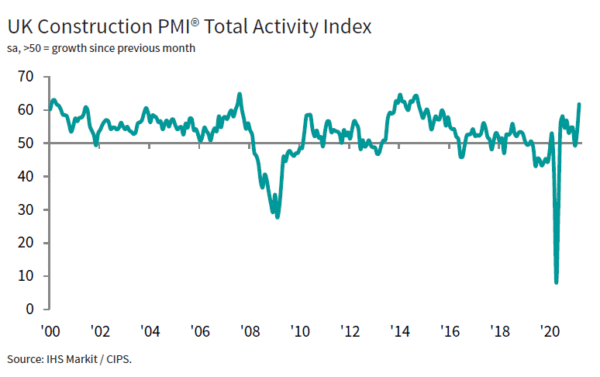
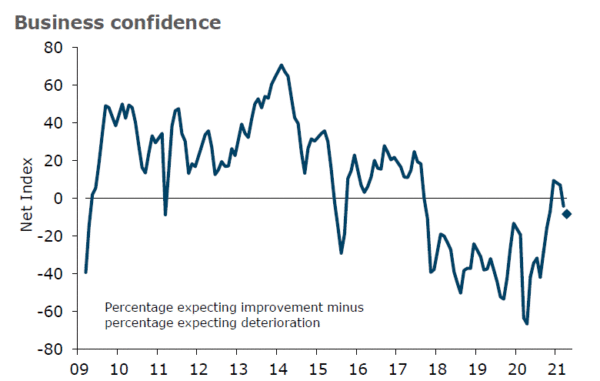

Fed Bullard: Stay with very easy monetary policy inside the pandemic tunnel
St. Louis President James Bullard said in a Bloomberg TV interview that “It’s too early to talk about changing monetary policy.” Policymakers want to “stay with our very easy monetary policy while we are still in the pandemic tunnel”. “If we get to the end of the tunnel,” he added, “it will be time to start assessing where we want to go next.”
“When you start to get to 75% vaccinated, 80% vaccinated and CDC starts to give more hopeful messages that we are bringing this under better control and starts relaxing some of their guidelines, then I think the whole economy will gain confidence from that,” Bullard said. “Cases are up right now, that is a little bit concerning.”